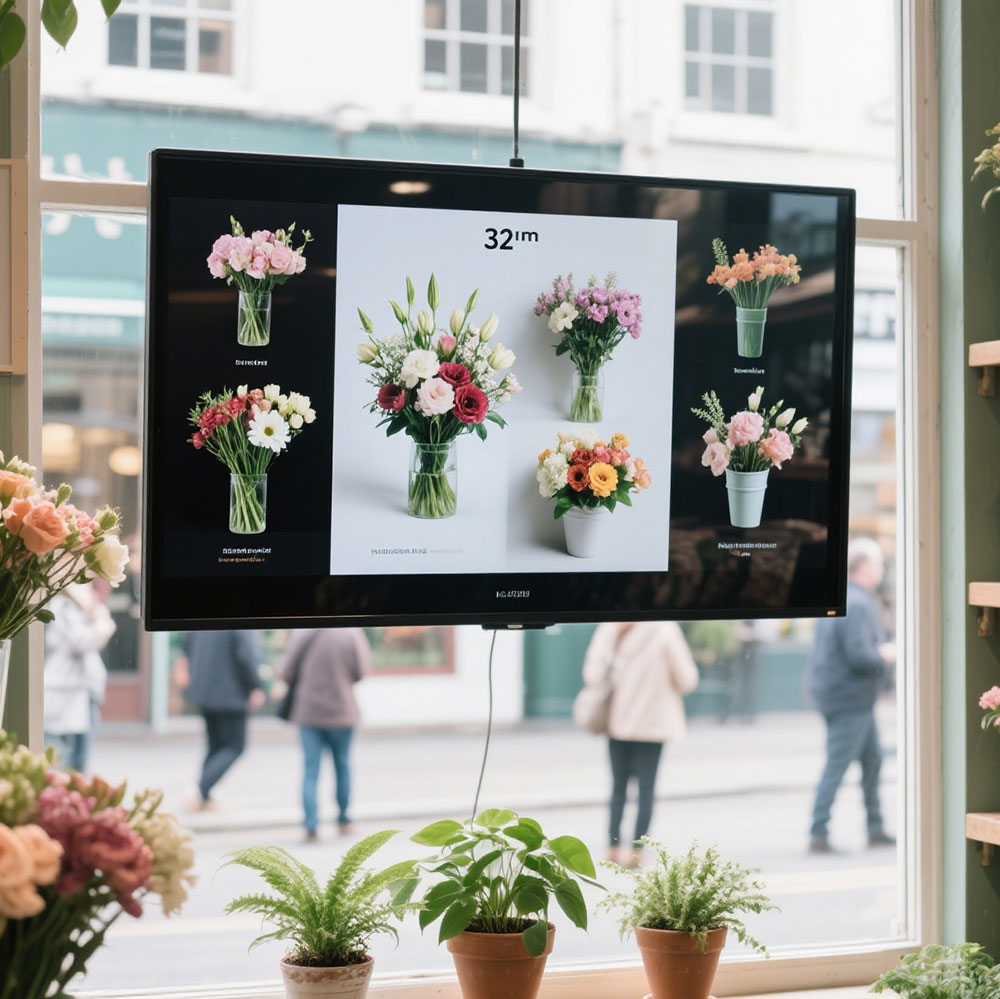산업용 애플리케이션을위한 실외 LCD 디스플레이를 선택할 때 제조업체 및 유통 업체는 극한 환경 조건에서 내구성, 가시성 및 성능을 우선시해야합니다. 실내 디스플레이와 달리 실외 장치는 햇빛, 온도 변동, 습기, 먼지 및 기계적 응력에 지속적으로 노출되어 이미지 품질과 시스템 신뢰성을 빠르게 저하시킬 수 있습니다.
먼저 밝기 레벨을 고려하십시오. IEC 60068-2-1 (콜드 테스트) 및 IEC 60068-2-2 (드라이 히트 테스트) 와 같은 산업 표준은 직사광선 가시성을 위해 최소 5,000 니트를 추천. 고휘도 패널 (최대 10,000 니트) 은 주변 조명이 10,000 럭스를 초과하는 건설 현장, 항구 또는 태양 광 농장과 같은 환경에서 필수적입니다. LG, 삼성 및 BOE와 같은 브랜드는 북미, 유럽 및 동남아시아 전역의 실제 조건에서 실외 등급 패널을 테스트하여 40 ° C 주변 온도에서도 7,000 nits 이상의 일관된 성능을 확인했습니다.

둘째, 진입 보호 (IP 등급) 를 평가하십시오. 산업 사용을 위해 IP65 이상은 먼지와 물의 침입을 방지하기 위해 필수적입니다. IP65-rated 디스플레이에는 가스켓 이음새와 팬없는 디자인이있는 밀봉 된 인클로저가 특징이며, 이는 원격 설치에 중요한 요소 인 유지 보수 요구를 줄입니다. 유럽 물류 회사의 사례 연구에 따르면 표준 IP54 디스플레이를 IP67-rated 장치로 교체하면 2 년 동안 현장 오류가 68% 감소했습니다.
셋째, 열 관리가 중요합니다. 산업용 LCD는 성능 저하 없이-30 ℃ 내지 + 70 ℃ 사이에서 신뢰성 있게 작동해야 한다. 알루미늄 히트 싱크 및 고급 열 인터페이스 재료 (TIMs) 를 사용하는 수동 냉각 시스템은 열악한 설정에서 활성 팬을 능가합니다. 예를 들어, 미국 기반 광산 장비 제조업체는 대류 냉각 디스플레이로 전환 한 후 화면 관련 중단 시간이 90% 감소했다고보고했습니다.
마지막으로 연결 및 통합. 최신 실외 디스플레이는 원격 모니터링 및 제어를위한 HDMI, DisplayPort, 이더넷 및 RS-485 지원합니다. Modbus 또는 BACnet과 같은 산업 프로토콜과의 호환성은 기존 SCADA 시스템으로의 원활한 통합을 보장합니다.
요약하면, 올바른 실외 LCD를 선택하는 것은 비용뿐만 아니라 밝기, 환경 탄력성, 열 설계 및 시스템 호환성의 균형을 맞추는 것을 의미합니다. ISO 16750-3 (기계 충격 및 진동) 및 MIL-STD-810G (환경 공학) 에 적합한 엄격한 테스트를 통해 업계 최고의 제조업체는 글로벌 배포에 적합한 인증 솔루션을 제공합니다.







